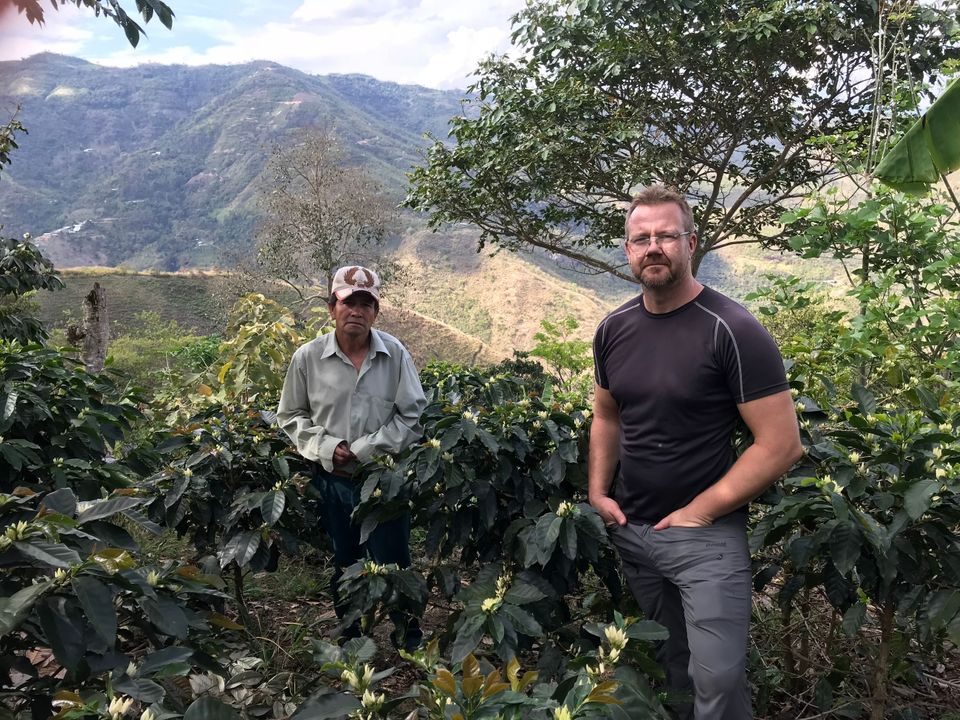We've just received a fresh harvest of our coffee favorite La Coipa from Peru. La Coipa was our first coffee from Peru, and it started as our summer coffee in 2017.
Coffee country Peru
Peru is located on the west coast of South America just below the equator, bordering other coffee countries such as Brazil, Colombia and Ecuador. In Peru, the landscape is perfect for coffee, with steep mountain ridges, deep rainforest and fresh sea air. There are dry plains on the coast in the west, the Amazon rainforest in the east and the Andes in the middle of the country.
The steep slopes of the Andes are home to the coffee farms that produce La Coipa and Clemente.
Coffee from Peru tends to be light and refreshing, with a floral aroma. It is delicate and mild, often with hints of red berries, citrus, caramel and cocoa.
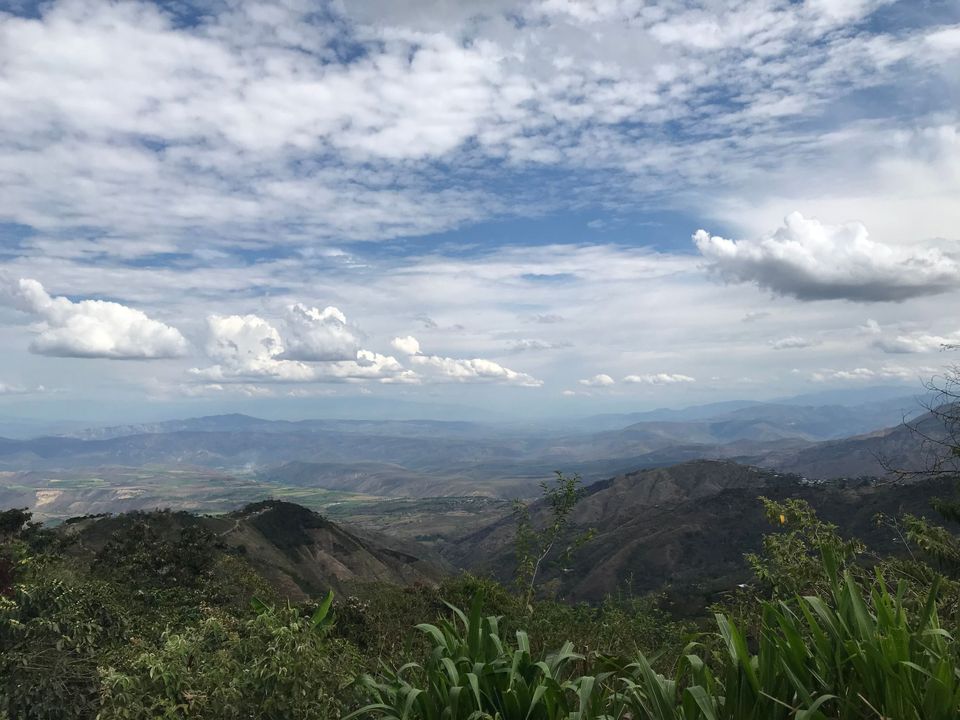
Important organic coffee production
Coffee has been grown in Peru since the 1700s, but mainly for local use. Varying climates and lack of infrastructure have created challenges for production and made it difficult to find quality coffee. Coffee farmers in Peru have very small farms and smaller washing stations. The coffee berries are hand-picked and many of the farmers transport the coffee on foot or by mule.
Since dry mills were built in the 1970s along the coast, processing and export has become easier.
In 2013, there were problems with leaf rust that caused coffee farmers to lose half their crops. Now Peru is growing well and yields are back to normal again.
Peru produces around 250,000 tons of coffee per year, a large proportion of which is organic. Peru is an important player in organic coffee production.
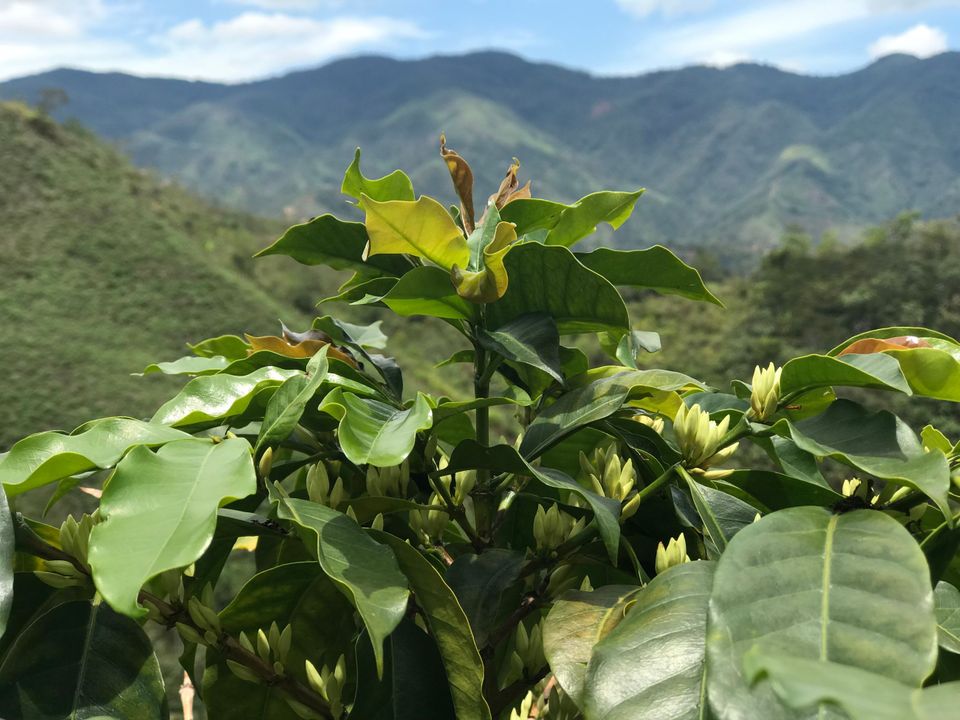
Coffee from the mountains
The organic news from Peru is a new harvest of juicy and sweet La Coipa, named after the city it comes from. This coffee is a rarity from Peru, with distinctive Central American coffee flavors with a unique African freshness. With aromas of dark caramel and vanilla and notes of strawberry and raspberry on the palate. It is a round and full-bodied coffee with balanced freshness.
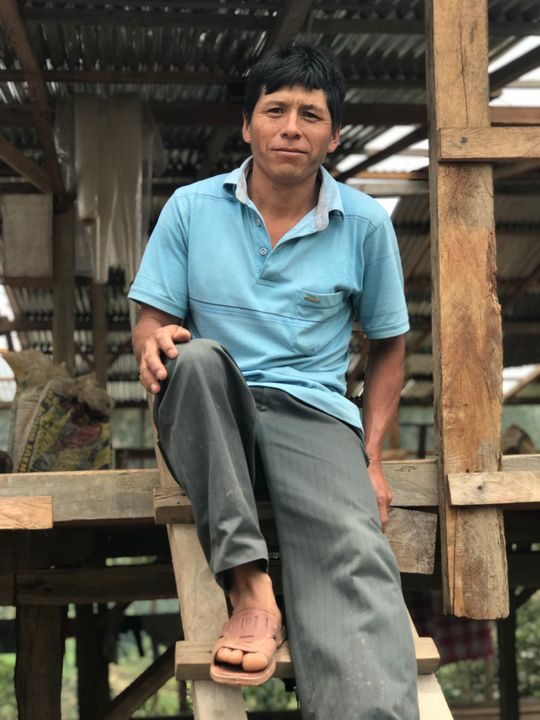
La Coipa is a small town of about 13,000 inhabitants in the exciting coffee region of Cajamarca. Here it is said that the coffee came first and the city afterwards. The coffee is picked at around 1,700 meters above sea level by, among others, coffee farmers Santiago Chanta and Eliorado Cruz Choquehanca (pictured) from the Monterrico farm group, who are members of the Coffee Guay APAE cooperative.
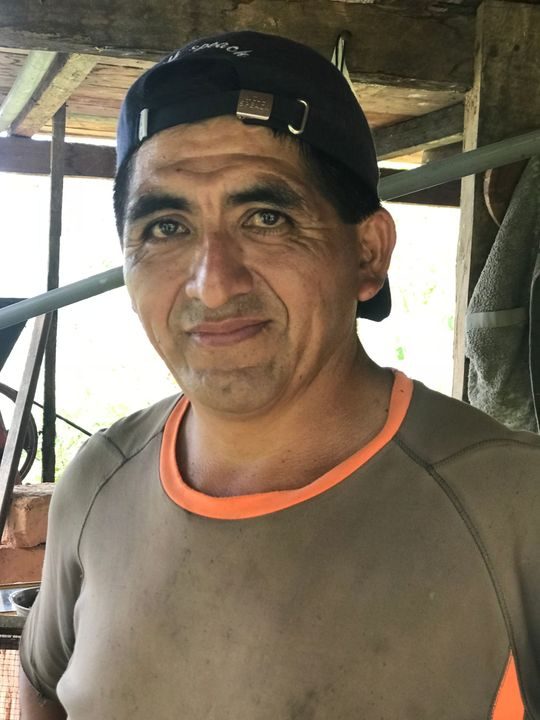
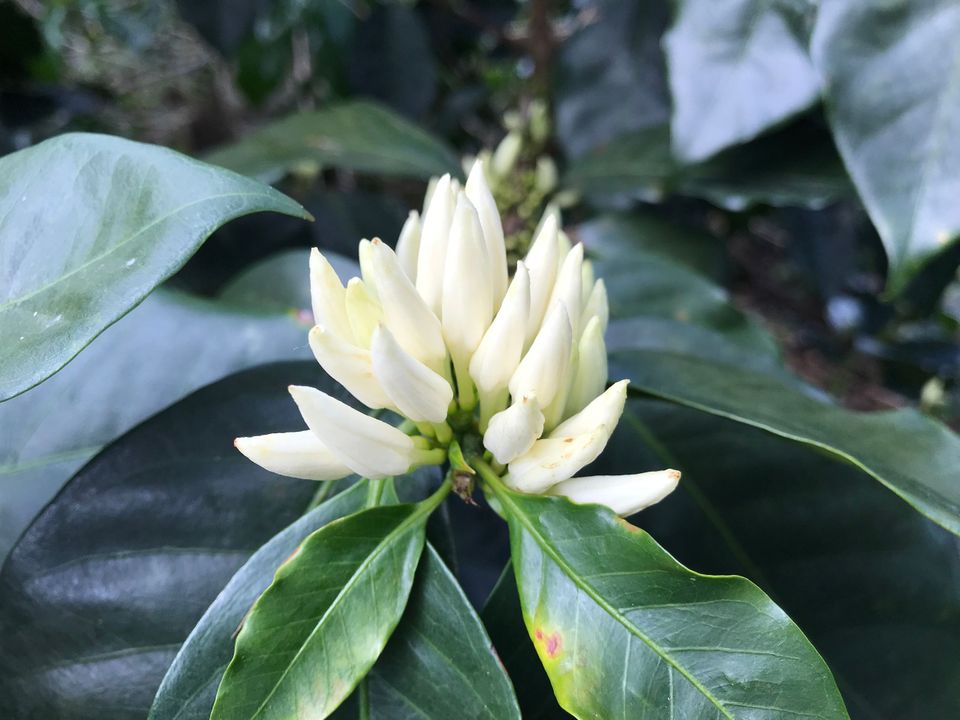
What is wet processing?
La Coipa is wet-processed, which means that the pulp is separated from the coffee berry using a "pulper". A pulper is a machine that presses the coffee berries so that the skin and much of the pulp is separated from the coffee bean. The beans are then placed in fermentation tanks so that the sticky sugar layer around them breaks down. This usually takes 12-36 hours. They are then rinsed with water again before being laid out to dry, completely cleaned of pulp.
A wet-processed coffee is often characterized by clean, fresh and delicate flavours. Wet processing takes less time than berry drying and requires more machines and access to clean water. Berry drying, where the skin and pulp are not separated from the coffee bean, is the simplest form of processing in terms of equipment, water and resources. However, it is more dependent on stable weather with many sunny days and supervision during drying.
After drying, the beans are sorted by quality and size, and then the coffee is ready for export and sale. And roasting. This is where we come in. In addition to visiting our coffee producers to learn about how they grow the coffee beans we will later roast.
From bean to cup via roasting
At Solberg & Hansen, we roast coffee with a knowledge and precision that has been acquired over generations and is constantly evolving. Our goal is to ensure that the distinctive characteristics of the raw material are highlighted during roasting. After roasting in our coffee roastery at Ryen, we pack the coffee in airtight valve bags to protect the coffee from oxygen and ensure you always get fresh coffee. We do everything we can to ensure that the coffee is of the best possible quality, so that we can be a door opener for the world's best cup.
